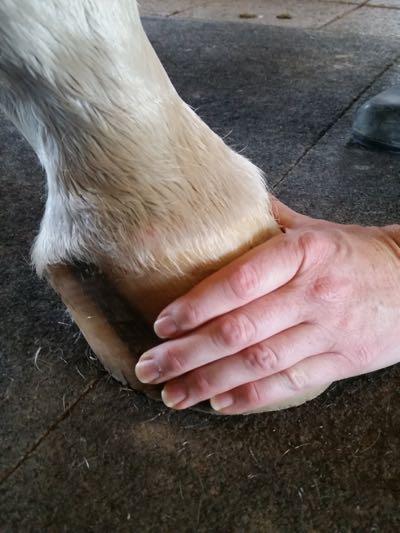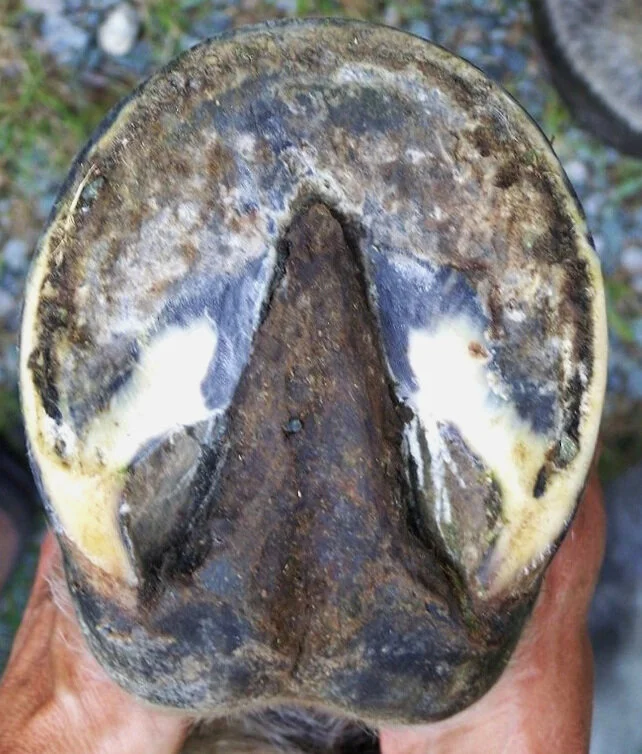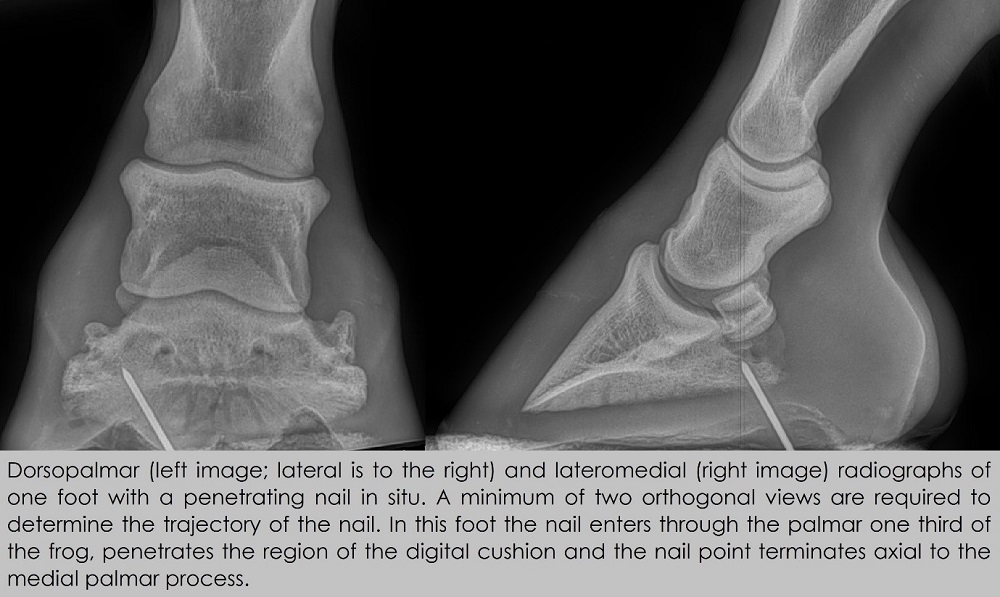Spot Lameness Early: Quick Assessment Tips for Your Horse

Lameness in horses can be a subtle yet serious issue that requires prompt attention. Early detection is crucial to prevent further injury and ensure your horse’s well-being. This article provides detailed, easy-to-follow tips to help you spot lameness early through quick assessments.
Understanding Lameness

Lameness refers to an abnormal gait or stance caused by pain or dysfunction in a horse’s limbs or back. It can result from injuries, infections, or chronic conditions. Recognizing lameness early allows for timely veterinary intervention.
Quick Assessment Tips
| Step | What to Look For | How to Check |
|---|---|---|
| 1 | Observe at Rest | Look for uneven weight distribution, swelling, or heat in limbs |
| 2 | Watch Movement | Walk and trot your horse in a straight line; note any irregularities in stride or head bobbing |
| 3 | Check Hooves | Inspect for cracks, stones, or signs of thrush |
| 4 | Palpate Limbs | Gently feel for heat, swelling, or pain responses |
| 5 | Evaluate Behavior | Notice any reluctance to move, stiffness, or changes in temperament |
Common Signs of Lameness
- Head bobbing or nodding
- Uneven stride length
- Shortened stride on one leg
- Swelling or heat in joints or limbs
- Reluctance to bear weight
When to Call the Vet
If you notice persistent signs of lameness, swelling, or your horse shows signs of pain, contact your veterinarian immediately. Early professional diagnosis and treatment can prevent complications.
FAQ
Q: How often should I check my horse for lameness?
A: Regular daily checks are ideal, especially before and after exercise.
Q: Can lameness be caused by poor hoof care?
A: Yes, improper trimming or shoeing can lead to lameness.
Q: What should I do if I suspect lameness?
A: Limit your horse’s movement and consult a vet promptly.
Q: Are there any home remedies for lameness?
A: While some cold therapy can reduce swelling, always seek veterinary advice.
Conclusion
Early detection of lameness is key to maintaining your horse’s health and performance. By following these quick assessment tips, you can identify potential issues before they worsen and ensure timely care.
